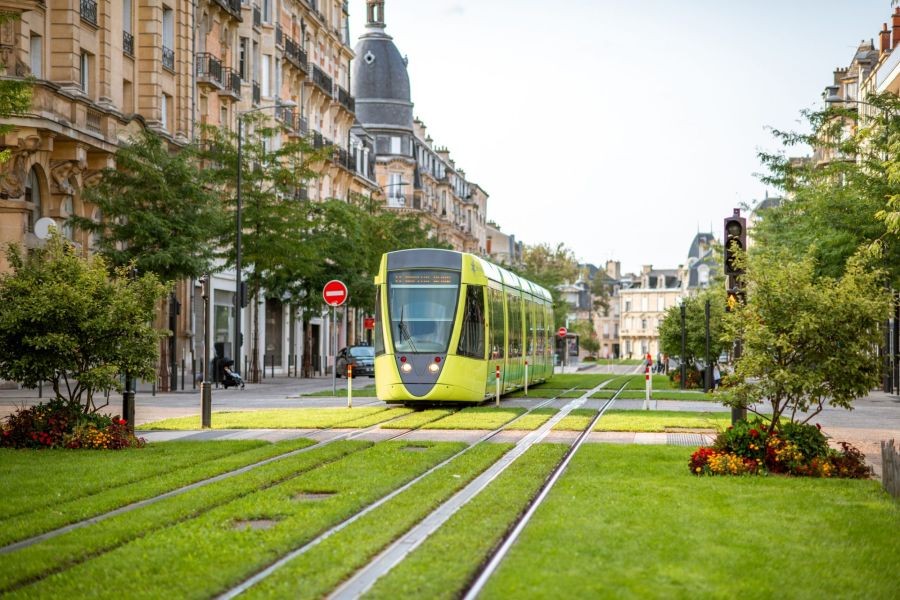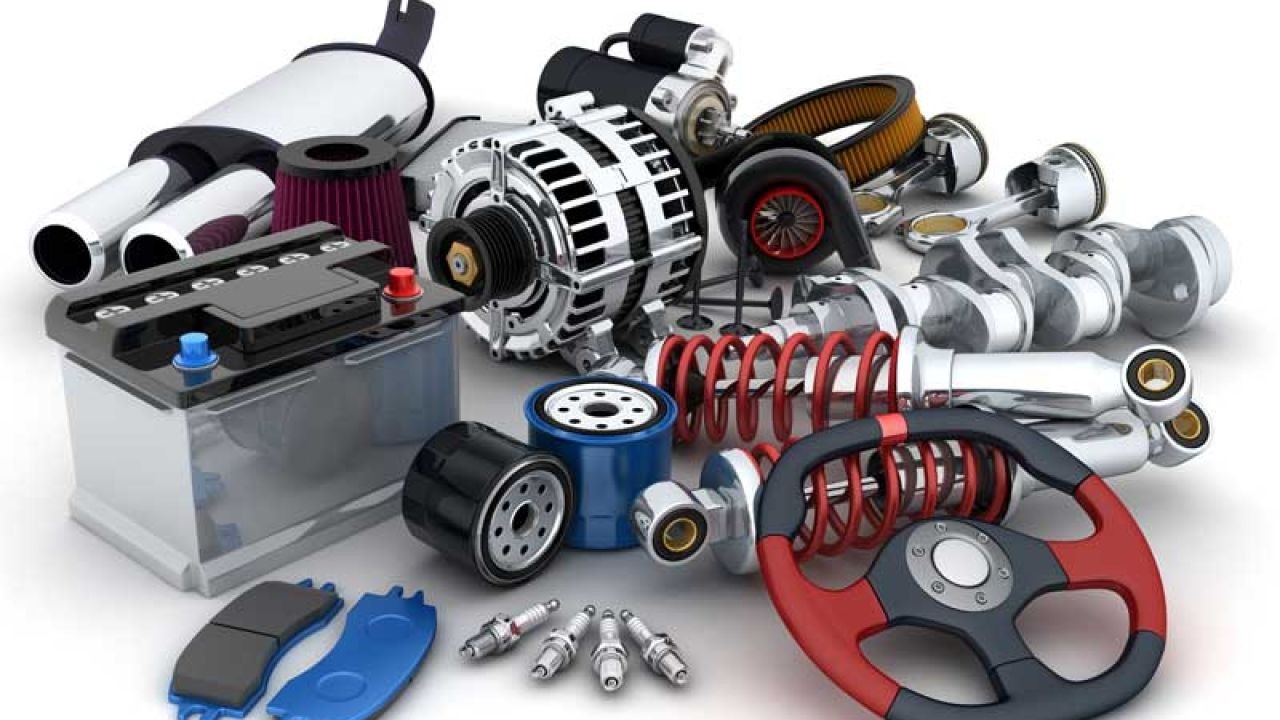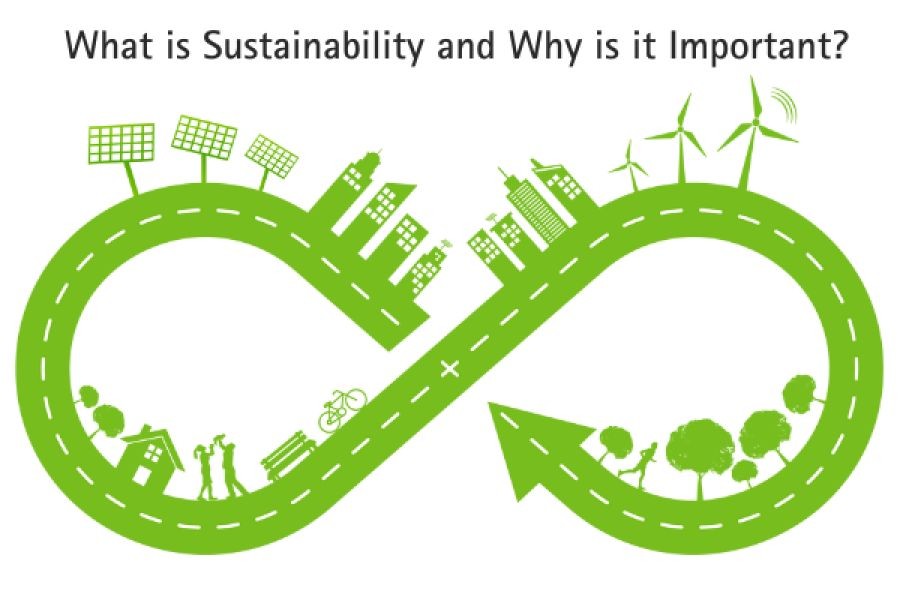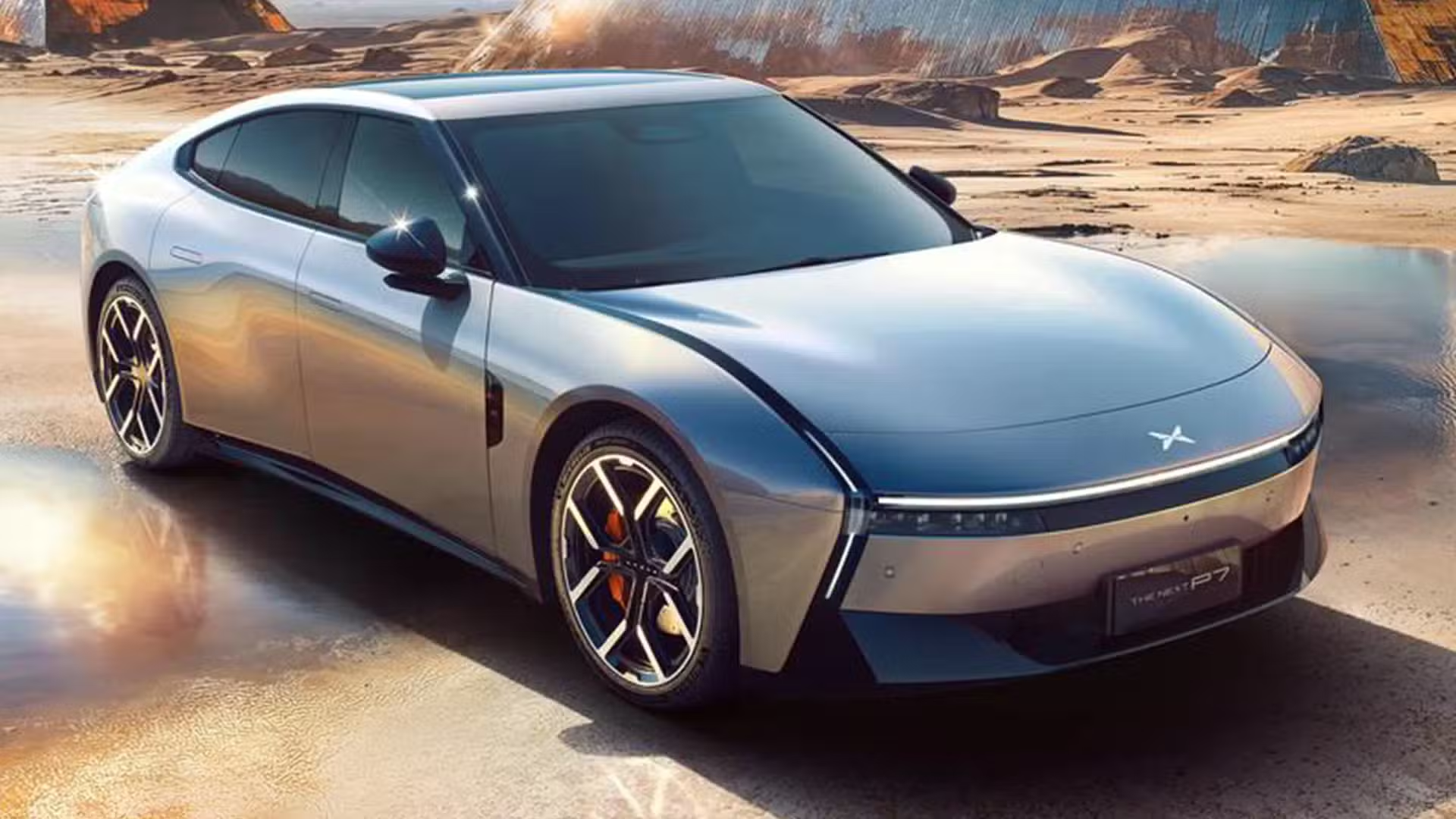As the world pivots towards sustainable development, the transportation sector is rapidly transforming. Countries like New Zealand and Norway are at the forefront, spearheading the adoption of sustainable transport solutions. The question is, which country is leading the charge, and what lessons can New Zealand take from Norway's approach?
The Current State of Sustainable Transport in New Zealand and Norway
New Zealand has made significant strides in promoting sustainable transport. According to the Ministry of Business, Innovation and Employment (MBIE), electric vehicle registrations increased by 40% in 2022, reflecting growing consumer interest and government incentives. However, challenges remain, such as the need for more infrastructure and the high cost of electric vehicles.
In contrast, Norway is hailed as a global leader in sustainable transport. As of 2023, electric vehicles accounted for 80% of new car sales in Norway, thanks to robust government policies and widespread charging infrastructure. The Norwegian government offers substantial incentives, such as tax exemptions, making electric vehicles more accessible to the public.
Case Study: New Zealand’s Transport Strategy
New Zealand’s government has implemented the “Clean Car Discount” program, aiming to reduce carbon emissions from the transport sector. The program offers rebates for electric vehicles and penalties for high-emission vehicles. In 2022, this initiative contributed to a 15% reduction in CO2 emissions from newly registered vehicles, according to Stats NZ.
Despite these efforts, New Zealand faces challenges such as geographical barriers that limit infrastructure development and a reliance on imported vehicles, which can drive up costs. The country needs to focus on improving public transport and expanding the charging network to support further growth in electric vehicle adoption.
Case Study: Norway’s Electric Vehicle Success
Norway’s success in sustainable transport is largely attributed to its comprehensive policy framework. The government has invested heavily in charging infrastructure, ensuring that even remote areas are well-served. Additionally, the absence of import taxes and VAT on electric vehicles has made them more affordable.
For instance, the city of Oslo has seen a 50% decrease in urban air pollution levels, as reported by the Norwegian Environment Agency, demonstrating the environmental impact of these policies. New Zealand can learn from Norway’s holistic approach, which combines financial incentives with robust infrastructure development.
Expert Insights: What New Zealand Can Learn
According to Dr. Sarah Thompson, a sustainability expert at the University of Auckland, New Zealand needs to adopt a more integrated policy approach. “While incentives are important, they must be complemented by investments in infrastructure and public awareness campaigns,” she explains.
Dr. Thompson also highlights the importance of local manufacturing of electric vehicles to reduce costs and increase accessibility. This aligns with the New Zealand government’s focus on developing a circular economy, which could drive innovation in sustainable transport solutions.
Pros and Cons of New Zealand’s Approach
✅ Pros:
- Increased EV Adoption: The Clean Car Discount has significantly boosted electric vehicle sales.
- Environmental Benefits: Reduction in CO2 emissions from the transport sector.
- Economic Potential: Opportunities for local manufacturing and job creation in the green tech sector.
❌ Cons:
- Infrastructure Gaps: Insufficient charging stations, especially in rural areas.
- High Costs: Electric vehicles remain expensive for many consumers.
- Policy Limitations: Current incentives may not be sufficient to drive long-term change.
Debunking Common Myths
Myth: Electric vehicles are too expensive for widespread adoption.
Reality: While initial costs are high, total cost of ownership is lower due to reduced fuel and maintenance expenses.
Myth: New Zealand’s geography makes EV infrastructure unfeasible.
Reality: Although challenging, strategic investments can overcome geographical barriers, as seen in Norway.
What’s Next for New Zealand?
To sustain momentum, New Zealand must continue to expand its charging infrastructure, possibly emulating Norway’s model of government and private sector collaboration. Furthermore, public transport electrification and the promotion of alternative transport modes like cycling and walking should be prioritized.
Future Trends in Sustainable Transport
According to a Deloitte report, the global market for electric vehicles is projected to grow by 25% annually, with New Zealand expected to follow suit. By 2030, it is anticipated that electric vehicles will make up over 50% of New Zealand’s vehicle fleet, driven by technological advancements and policy support.
Final Takeaways
- New Zealand has made commendable progress in sustainable transport, but infrastructure gaps remain.
- Norway’s success offers valuable lessons, particularly in policy integration and infrastructure investment.
- Continued focus on local manufacturing and public transport electrification is crucial for long-term success.
What are your thoughts on New Zealand’s sustainable transport journey? Share your insights below!
People Also Ask
- How does sustainable transport impact New Zealand’s economy? Sustainable transport can boost the economy by reducing emissions, lowering transportation costs, and creating green jobs.
- What misconceptions exist about electric vehicles in New Zealand? A common myth is that EVs are too expensive. However, they offer lower long-term costs through reduced fuel and maintenance expenses.
- What strategies can New Zealand adopt from Norway? Emulating Norway’s comprehensive policy framework, including infrastructure investment and public-private partnerships, could accelerate sustainable transport adoption.
Related Search Queries
- New Zealand electric vehicle incentives 2023
- Norway electric vehicle policies
- Sustainable transport solutions in New Zealand
- Challenges of EV adoption in rural areas
- Future of electric vehicles in New Zealand































BrendanGad
6 months ago